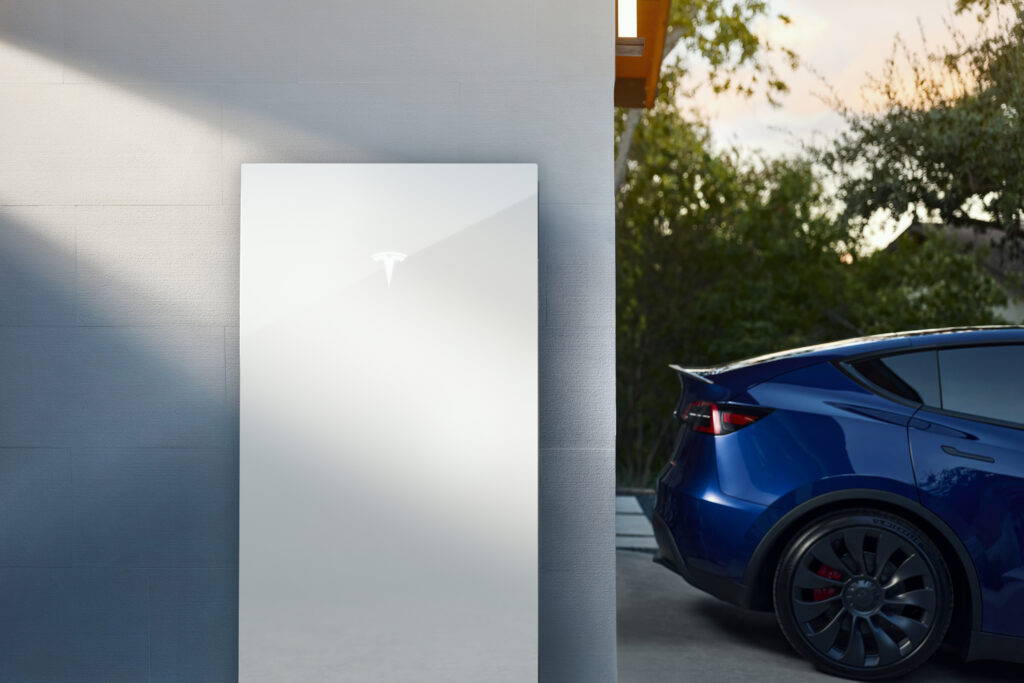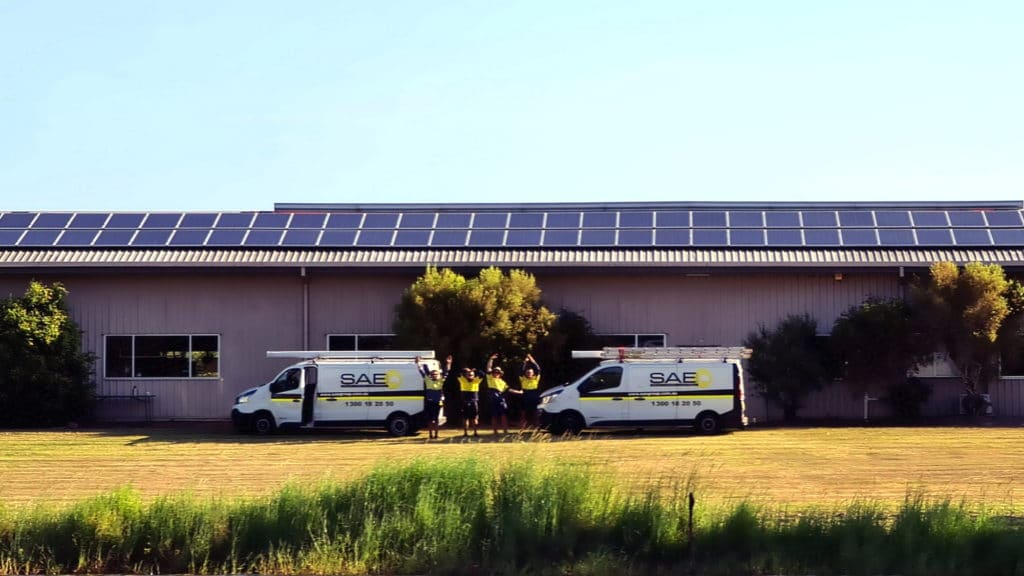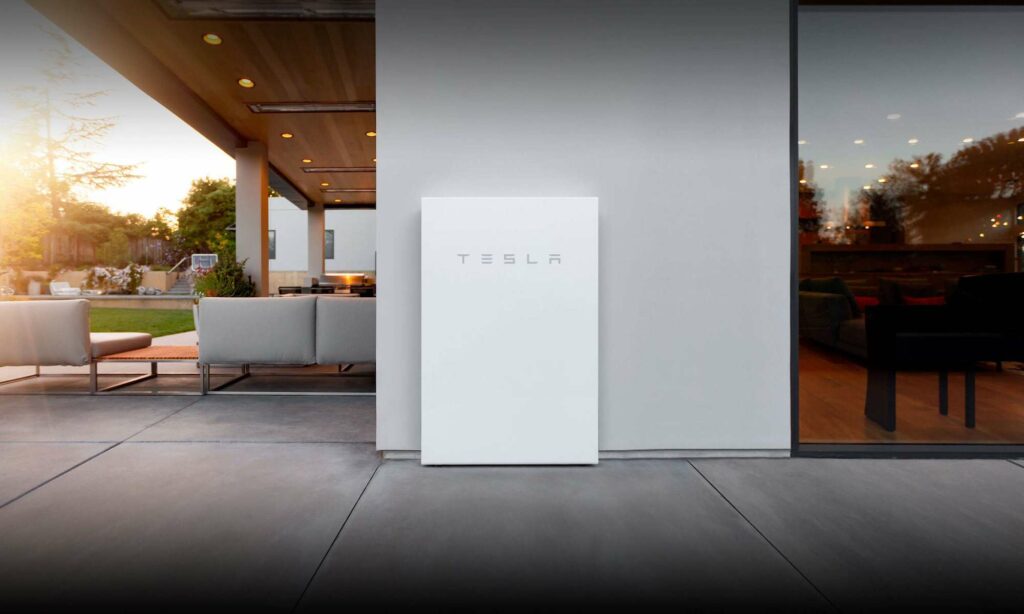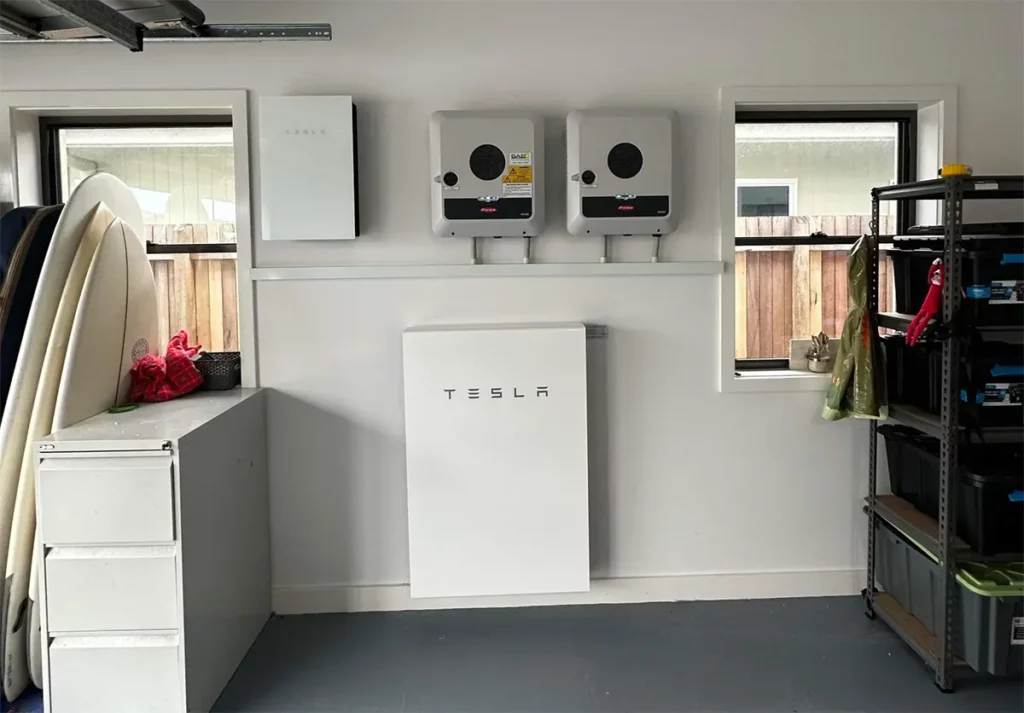You Have Solar Installed – Now What?
Home » You Have Solar Installed – Now What?
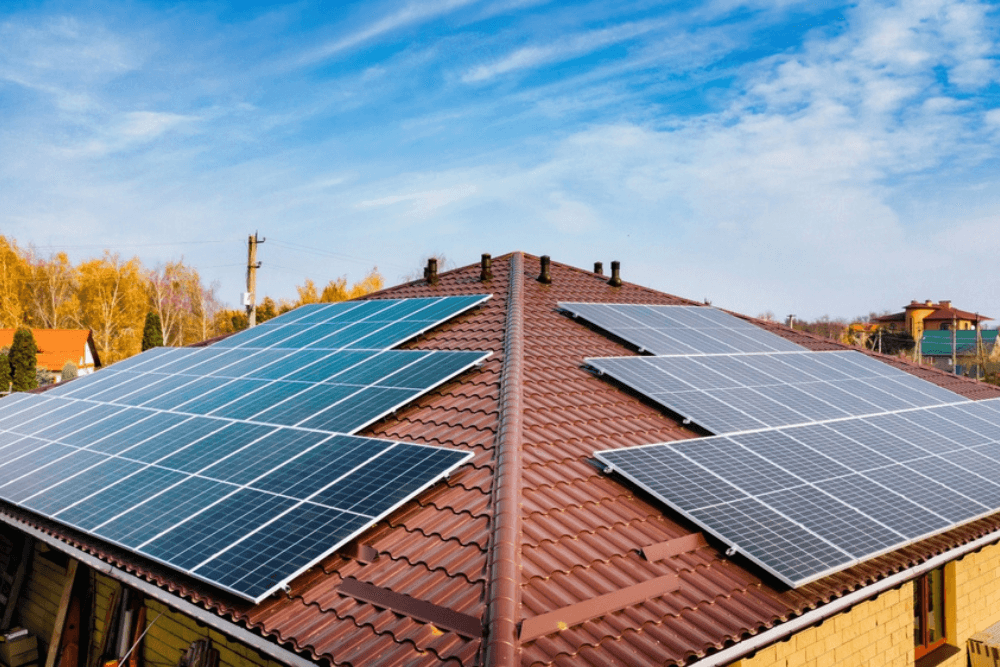
Now that you’ve made a big decision and are getting solar power installed, you must be thinking, “I have solar panels; now what?”
Installing solar panels is a big decision and investment for homes and businesses alike. To assist with the process after you have had your solar system installed, we have put together a guideline for you to make the most of your new investment. This information is also available in a booklet (click here to download).
Meter Change and Connecting to the Grid
With your solar system installation, your existing meter will need to be replaced by a new import/export meter before you can connect your new solar system to the grid. SAE Group notifies your energy distributor (Ergon, Energex, Ausgrid or Essential Energy, depending on what state you live in) as soon as you are installed to organise for this meter change to occur.
In QLD, Energex/Ergon takes up to 48 business days upon receipt of the relevant paperwork from SAE to come out and install the new meter. In NSW, a Level 2 Electrician needs to perform this meter change. At SAE Group, we employ our own Level 2 electricians, so this service is included in the contract you sign with us and will occur within 14 business days of your solar installation.
Once this has happened, your system will be ready to be turned on. Please follow the shutdown/start-up procedure explained by our installers, or you can download this booklet for instructions on how to operate your system. If a Form 3 is left on your property after Energex has been out, you will need to call our office on 1300 18 20 50.
Additionally, for a more comprehensive understanding of the entire process, we highly recommend referring to our transitioning to solar step-by-step guide. This will provide you with in-depth insights and valuable tips to ensure a smooth and successful transition to solar energy.
Feed-in Tariffs
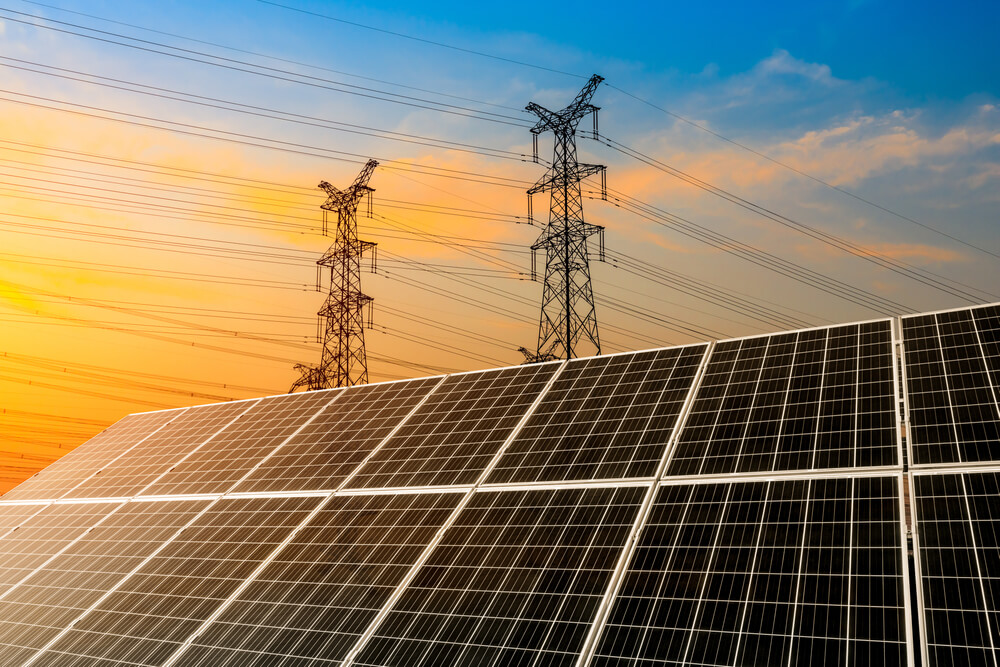
A feed-in tariff is the rate you are paid for electricity generated by your solar PV system that you export back to the grid. Almost all feed-in tariffs on offer are now ‘net’ feed-in tariffs. This means that the electricity produced by your solar panels will be used in your home or business first, and then any unused electricity will be exported to the grid.
Under a net feed-in tariff, you may earn money on the electricity that is exported to the grid. The feed-in tariffs offered differ from state to state and from retailer to retailer. In some states, the government regulates a minimum rate, and in other states where electricity has been deregulated, you can actually negotiate a deal with your electricity retailer.
It is important to know there is no state government-regulated minimum retailer payment in New South Wales or South East Queensland. This means that because the retailer feed-in tariff is less than the rate you pay for electricity per kWh, the goal is to use power throughout the day (not all at once) and ensure you send as little power back to the grid as possible. It is also recommended you shop around to find out which electricity retailers offer the best rates for solar customers.
The Small-Scale Renewable Energy Scheme also plays a significant role in augmenting the benefits of feed-in tariffs. By promoting the adoption of renewable sources, this scheme facilitates homeowners in taking advantage of Small-Scale Technology Certificates (STCs). These certificates, earned for every megawatt-hour of electricity your solar PV system is anticipated to generate over its lifetime, serve as an additional financial incentive. Homeowners can sell STCs, effectively reducing the upfront cost of their solar system. Combined with feed-in tariffs, this makes a compelling case for homeowners to consider solar. Maximising your solar usage not only benefits from feed-in tariffs but also aids in accumulating valuable STCs, boosting your return on investment.
Questions to Ask Your Electricity Retailer
Once you have your solar installed and switched on, there are a couple of questions we recommend you ask.
- What price will they pay you for your electricity (in cents per kilowatt hours (kWh))?
- What is the cost of the electricity you purchase from them (in cents per kWh), and will you lose your off-peak rates once you install solar?
- Will you be charged a higher daily fixed charge component if you connect solar?
- Are there any penalty clauses (termination costs) or other administration fees?
- What will be the form of payment for the electricity you produce? (For example, will you receive cash or a credit on your electricity bill?)
Protection
As mentioned previously, installing solar is an investment and adds value to your home. It is our recommendation that you contact your home insurance company to advise them of your new solar system so that the value of this system is covered in the unfortunate event that you should need to make a claim.
Reading Your Inverter
To monitor how much power (kWh) your solar panels have generated, please read the inverter display.
- E-Today – the amount of kWh produced that day
- E-Total – the amount of kWh produced since the inverter has been turned on
- Average daily production of a solar PV system
The power output of a solar PV system depends on its efficiency, size and location. The table below, provided by the Clean Energy Council, shows the average daily production of some common grid-connected systems throughout Australia. It is important to note that as the owner, it is your responsibility to check the inverter weekly to ensure the green light is on and is working during daylight hours.

Some Important Facts About Your Inverter Reading
- The rated output is what is achieved in perfect laboratory conditions.
- The Clean Energy Council design summary software takes these de-ratings into account when predicting averages for any given system.
- Panels generate more electricity in summer than in winter. The table above reflects the electricity generated averaged across the whole year.
- A typical Australian house consumes around 18-kilowatt hours (kWh) of electricity per day. This means that a 1-2 kW system could displace 25-40 per cent of your average electricity bill.
- By monitoring your E-Totals and E-Today you can keep track of your solar generation.
It is also important to refer to your inverter manual for more details on your specific inverter model, as each is slightly different. Alternatively, there are monitors available to help you track your usage. Simply contact SAE Group for more information.
Maintaining Your Solar Power System
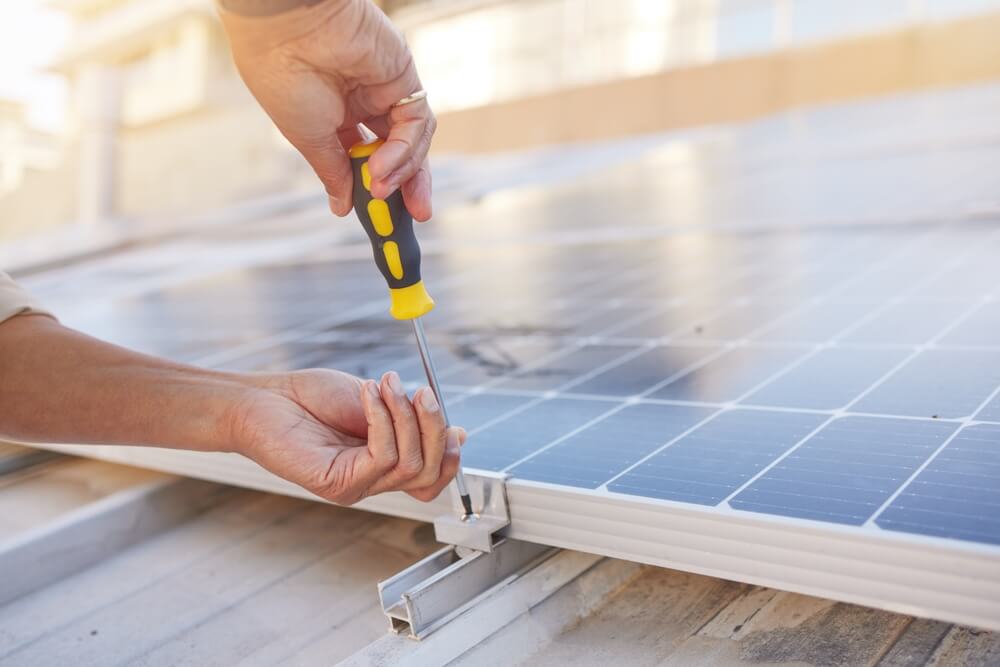
Like most major investments, maintenance is required for the efficient operation of your solar system. The panels should be kept clean of dust, leaves, and bird/bat droppings, as this will have an effect on the efficiency of the solar system and could be a substantial financial loss over the lifespan of the solar system.
SAE Group can provide a maintenance service consisting of:
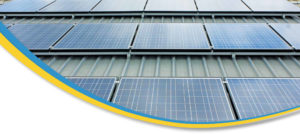
- Checking the brackets fixing the solar panels to make sure they remain secure.
- Cleaning the panels and removal of any dust, leaves, bird/bat droppings etc.
- Visually checking for signs of loose connections in wiring and cabling.
You can read more about our maintenance service here, or if you would like a maintenance service booked, click here.
The following timelines are a good guide to work with:
Solar Trends to Watch Out For
As the solar industry continues to evolve rapidly, keeping an eye on emerging solar trends is crucial for anyone interested in renewable energy. Here are five key solar trends to watch out for:
- Bifacial Solar Panels: These panels capture sunlight from both sides, significantly increasing energy production efficiency.
- Floating Solar Farms: Utilising water bodies for solar installations to conserve land and reduce water evaporation.
- Solar Energy Storage Advancements: Improved battery technology makes solar power more reliable, even without sunlight.
- Perovskite Solar Cells: Offering potential for higher efficiency rates and lower production costs than traditional silicon cells.
- AI and IoT Integration: Smart technologies optimise solar panel performance and energy management systems.
Solar Modules (Check every 12 months)
While solar modules generally remain clean due to natural rainfall, there may be instances during prolonged dry or dusty periods where they require cleaning. However, this task is best left to trained professionals to avoid safety risks associated with untrained individuals climbing roofs without proper safety and cleaning equipment. Instead, owners can monitor for changes or discolouration in the modules from ground level and ensure their secure attachment to frames. Please consult an expert for cleaning needs, preferably during non-peak sunlight hours.
Inverter (Check every week)
Regularly check the inverter is operating by monitoring the display. Ensure the inverter is kept free of dirt and leaves to prevent heat build-up. Check that the inverter is mechanically secured to the wall and all connections are secure.
WARNING: The inverter may get hot during normal operation. Be careful when cleaning as the heatsink may reach 60oC.
Frames (Check every 12 months)
Inspect the frames for stability and signs of rust or corrosion. Ensure the frames remain secure and robust.
Cabling (Check every 12 months)
Regularly examine all cables, conduits, and fixings to ensure their mechanical security. Verify that the connections are intact and free from any damage.
Switches (Check every 12 months)
Verify the proper functioning of switches by switching them off and on (always switch off the SOLAR SUPPLY MAIN SWITCH first). Confirm that the switches are mechanically secure and operating correctly.
Meters (Check every 12 months)
Ensure that the metering displays are operational and functioning correctly.
Important Note: Warranty claims will be void if unauthorised persons open or modify components. Cleaning the PV array should only be carried out by a CEC Accredited electrician who has been trained to work at heights and use the appropriate safety equipment and tools.
Upgrading Your System
Your ability to upgrade your system in the future may depend on a number of factors, including receiving permission from your distributor, on suitable PV modules still being available, and on any upgrades meeting current Australian Standards. Upgrading your system may also result in losing your feed-in tariff. You will need to check with your electricity retailer and distributor to find out what the requirements are for upgrading your system. The requirements may differ from state to state.
When considering upgrades, think about integrating solar battery storage for nighttime use. This addition enhances your system’s efficiency, allowing you to store excess energy generated during the day for use in the evening. It’s an effective way to maximise your solar investment, ensuring that you have a consistent energy supply throughout the night. Solar battery storage not only increases your energy independence but also adds a new dimension to your system, making it more versatile and adaptable to your energy needs.
Choose SAE Group for Quality Solar Installations
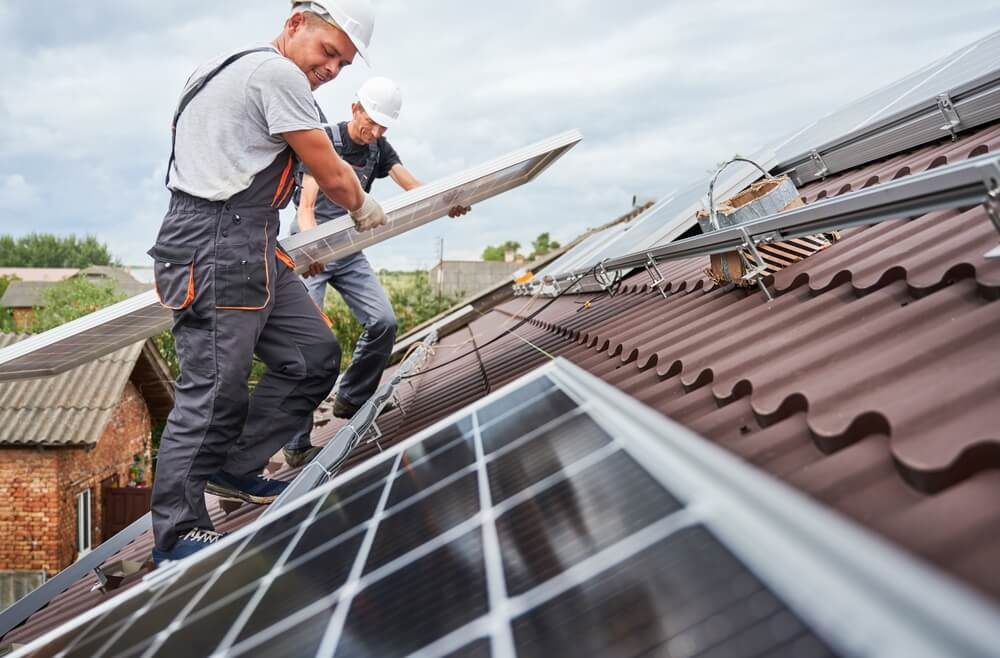
At SAE Group, we pride ourselves on delivering top-notch solar installations that combine expertise, reliability, and cutting-edge technology. Our commitment to excellence ensures that your solar power system will be installed to the highest industry standards, guaranteeing optimal performance and longevity.
In addition to our exceptional installation services, we offer solar home bundles tailored to meet your specific energy needs. Whether you are looking to reduce your carbon footprint, save on electricity bills, or contribute to a sustainable future, our solar home bundles provide comprehensive solutions to meet your goals.
If you are curious about how solar panels work or need more information about our installation services and battery storage systems, our knowledgeable team is here to assist you. Contact us today to learn more about our offerings, discuss your requirements, and take the first step towards harnessing the power of solar energy for a brighter and greener future.
Is SunPower a Good Option for Coastal Properties?
Still pondering which solar power brand is best for your coastal property? SunPower solar panels stand out as an excellent choice for properties in the coast. These panels are uniquely designed with corrosion resistance in mind, making them exceptionally resilient to the salty air that’s common in coastal regions. Furthermore, their high-efficiency rates mean that even on days with variable sunlight, due to coastal fog or clouds, homeowners can still harness a substantial amount of energy. Combine this with their robust construction that can withstand the challenges of stormy coastal weather, and you have a solar solution that not only serves immediate energy needs but promises longevity in the face of coastal elements. For those living by the sea and looking to embrace sustainable energy, SunPower proves to be a reliable ally. Learn more about SunPower at SAE Group.

